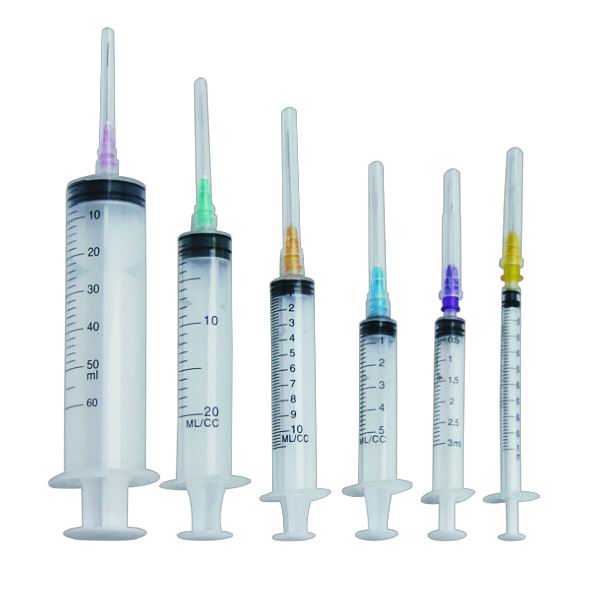
The biggest problem with the war on steroids and the war on doping is that it is a moral crusade masquerading as an initiative for protecting the health of athletes. Anti-doping warriors are primarily concerned with enforcing a moral code. The moral code involves the prohibition of drugs that enhance performance. It is not a code based on health and harm reduction.
Anti-doping is not motivated to understand the true short-term and long-term health risks of anabolic steroids and performance-enhancing drugs (PEDs). It is not concerned with making a distinction between the use and abuse of PEDs. There is no interest in evaluating the potential health benefits and healing properties of PEDs.
A war on doping based on a morality of prohibition is interested in demonizing steroids and PEDs. Anything that takes away from this objective does so at the risk of emphasizing the arbitrary and capricious nature of anti-doping rules.
The concept of harm reduction represents a nightmare scenario for hardcore anti-doping crusaders.
Safe steroids? PEDs without side effects? This is the goal of harm reduction. Yet, this is a bad thing for anti-steroid moralists.
Dr. David Tabachnick, the associate professor of political science at Nipissing University, provided an honest explanation of the problem faced by anti-doping crusaders in the essay “Why Safer Steroids Are Dangerous.”
Parents and coaches are primarily concerned about the tremendous health risks linked to long-term steroid use. While this concern is natural and relevant, it does not address the deeper problem, as it is possible that the next generation of PEDs will offer performance enhancement with a far smaller chance of negative side effects… With further advancements, it seems likely that athletes will be able to take performance-enhancing drugs without any risk to their health – undercutting both parental concern and the bans on these drugs.
Criticisms of steroids and PEDs have focused mainly on the health risks that they pose rather than the way that the drugs can influence the instruction of athletic virtue. If the health risks are eliminated, young athletes will have little reason or incentive not to take them. Instead of passing down an ethic of good sportsmanship and hard work, we will leave the next generation with little alternative other than steroids if they ever hope to compete against their enhanced opponents.
The problem is not that these drugs don’t work or are dangerous; it is that they work well and are becoming safer. (emphasis added)
Dr. Tabachnick explained why the war on doping should not concern itself with harm reduction: The anti-doping moral code is really based on promoting a certain type of morality; it is not based on protecting athletes from the harms of PEDs.
The development of safe performance-enhancing drugs is the real problem for the anti-doping movement.
By contrast, the explicit goal of the harm reduction movement is to protect athletes from any potentially harmful consequences associated with their use of anabolic steroids and performance-enhancing drugs.
Punitive prohibition is not the only approach to doping in sport.
Harm reduction offers a viable alternative when the primary goal involves protecting the health of athletes.

About the author
Millard writes about anabolic steroids and performance enhancing drugs and their use and impact in sport and society. He discusses the medical and non-medical uses of anabolic-androgenic steroids while advocating a harm reduction approach to steroid education.

Leave a Reply
You must be logged in to post a comment.